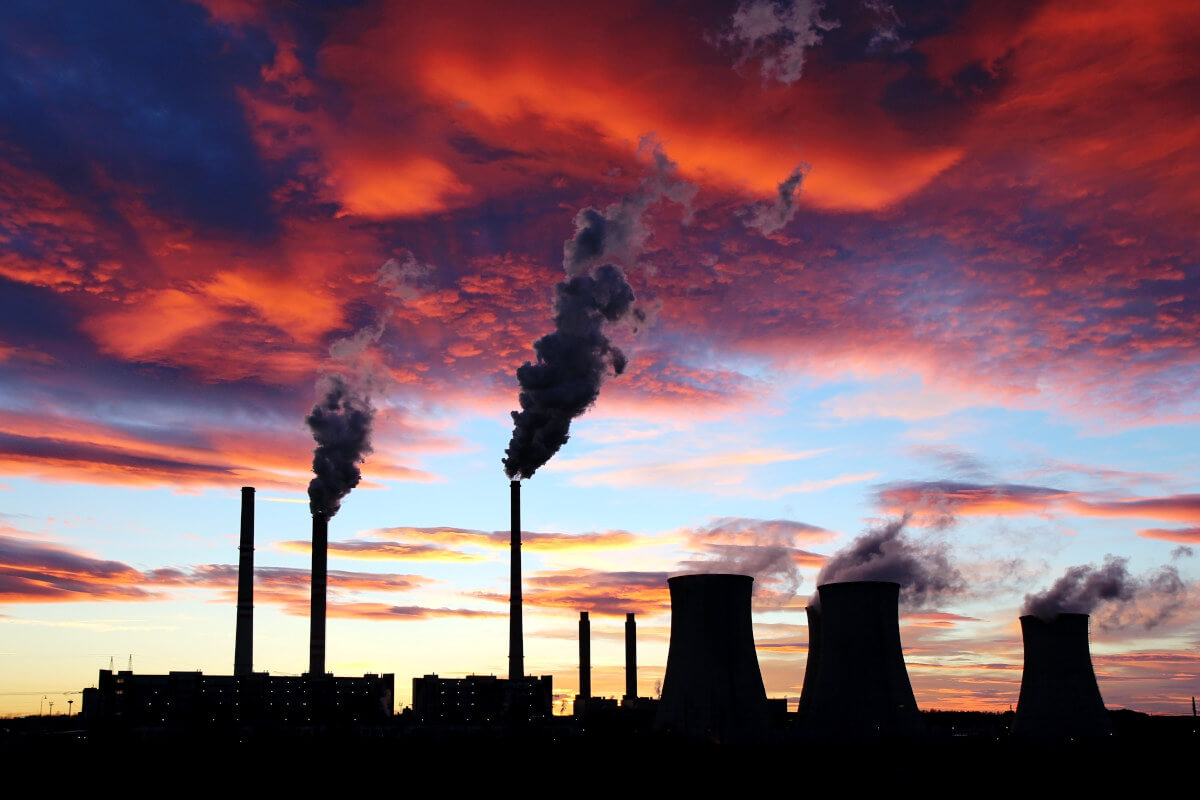Insight Focus
Funds’ positions are now the most balanced since July 2023, following a year where the net short position averaged 21 million tonnes. This adjustment suggests the market is preparing for potential volatility due to fluctuations in gas prices.
Investment funds have liquidated almost all of the net short position in EU carbon allowances that they have held for more than a year, signalling that carbon prices may be due to rise in the coming weeks, at the same time as coal is consolidating its position as a more profitable fuel for power generation in Europe.
Data from the two main futures exchanges hosting trade in EUA futures show that investment funds held a net short position of 4.8 million EUAs as of the week ending August 23. That’s a significant rebalancing compared to the average weekly net short position of 21 million EUAs that they’ve reported since the start of the year. While speculators have switched in and out of short positions fairly easily over the past twelve months, their holdings in long positions have been remarkably stable, as the chart below shows.

Source: ICE, EEX
As of Aug. 23 however, funds are the most balanced they’ve been since July 2023, and market players are asking themselves whether this move signals the end of the longest bearish bet this market has seen.
Certainly, there is plenty of information to suggest that carbon’s more likely direction is up rather than down. Much of this is due to the rising importance and influence of natural gas supply in Europe as the winter high demand season approaches.
Winter brings with it the risk that a cold snap would push demand for electricity higher than gas-fired power generation can meet, requiring coal-fired plants to balance the market and thereby boosting demand for EUAs.
But coal-fired power has already seen a brief revival; generation based on lignite, which emits even more CO2 than hard coal, rose by nearly 11% year-on-year in July, encouraged by high German electricity prices and stable carbon permit values.
This is backed up by calculations showing that coal-fired power is marginally more profitable than gas-fired generation in terms of operating costs. The chart below shows the differential between the clean dark spread and clean spark spread for power despatched one month, one quarter and one year from today.

A positive reading means that coal’s operating margin is better than that of gas, which should encourage utilities to despatch more power from coal-fired units.
To be sure, overall fossil-fired power output in Europe has been falling steeply as renewables capacity continues to grow. Gas-fired power generation has dropped nearly 14% over the year to date, after declining by 17% in 2023. Hard coal use for power is down a massive 30% so far in 2024, after shrinking by 26% last year. Lignite generation is not far behind.
But despite the drop in fossil use, Europe’s energy market is in a state of high anxiety. Even though gas storages are now 90% full, well ahead of the November 1 deadline, traders are worried that geopolitical turmoil in the Middle East may cut the flow of liquefied natural gas cargoes from the region.
Furthermore, the long-standing gas transshipment contract between Russia and Ukraine expires this year, without any prospect of renewal, so the remaining flow of gas via Ukraine to eastern European countries will stop at the end of 2024.
This means that, in addition to LNG suppliers both east and west, Europe’s main supplier – Norway – is becoming far more important to the European market, so traders watch for any sign of interruptions in production there. The latter half of the summer is the traditional period when North Sea gas fields and installations reduce output for maintenance, and this has kept gas prices well above historical levels.
A colder-than-normal winter would mean the power market leaning towards more coal use, as gas is directed towards domestic and commercial use, again boosting the demand for EUAs.
Carbon does have a few fundamentals of its own, however.
Supply over the September-December period will be just 8 million EUAs more than in 2023. This is despite the EU adding more than 20 million EUAs to sales in the last four months of the year to raise funds for the REPowerEU initiative.
But demand for EUAs is likely to be higher from shipping companies, who will be buying EUAs as they start to finalise their emissions data for 2024, while solar output will decrease as days grow shorter.
With the compliance deadline for 2023 approaching at the end of this month, there may be some residual buying interest from industrials, but market sources don’t expect a significant boost from them.
All in all, EUAs seem likely to remain in their current price range of €70-€75 for much of the rest of the year, barring a significant event (cold winter, loss of gas supply) that shifts demand towards more emitting fuels.













